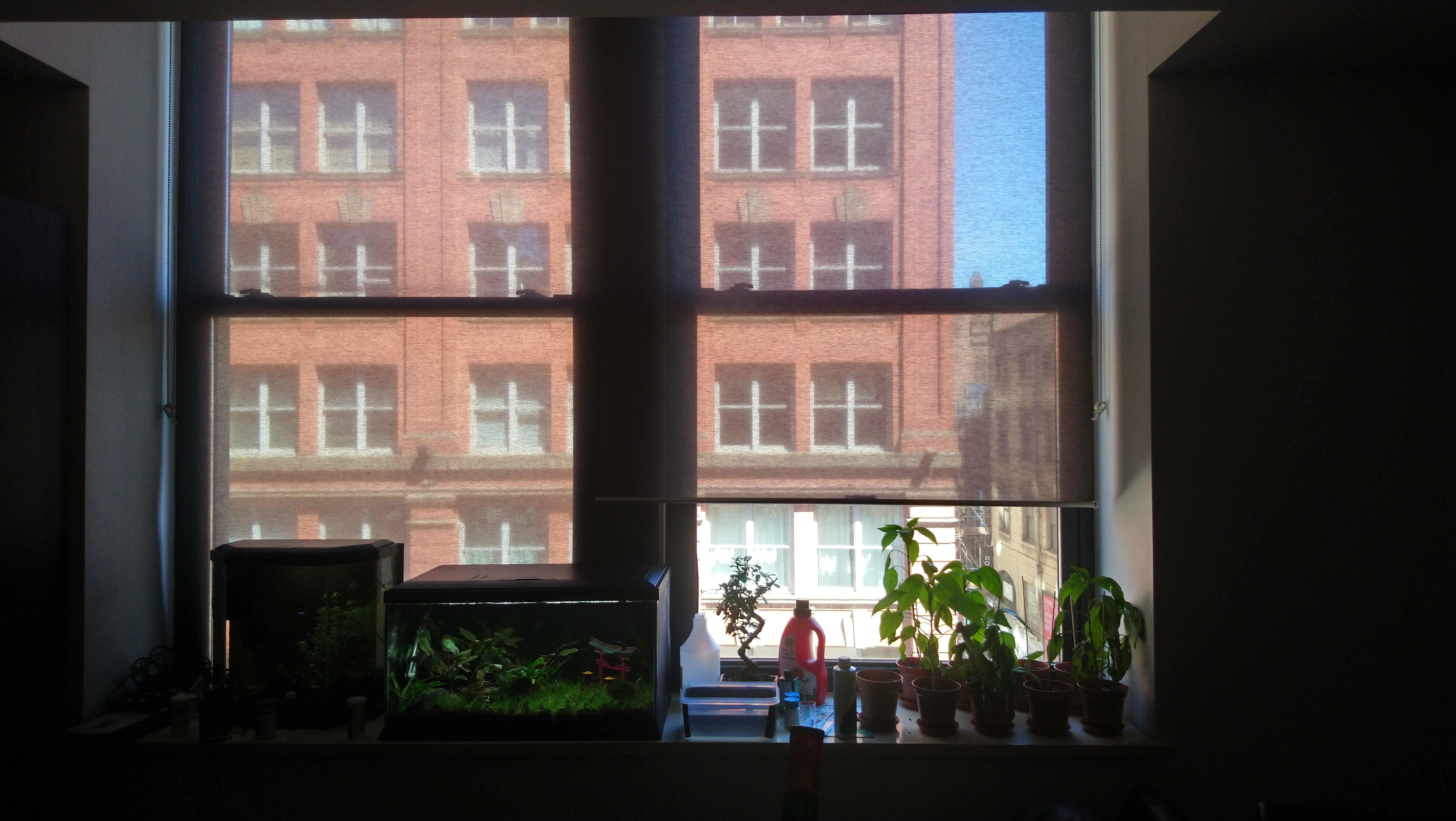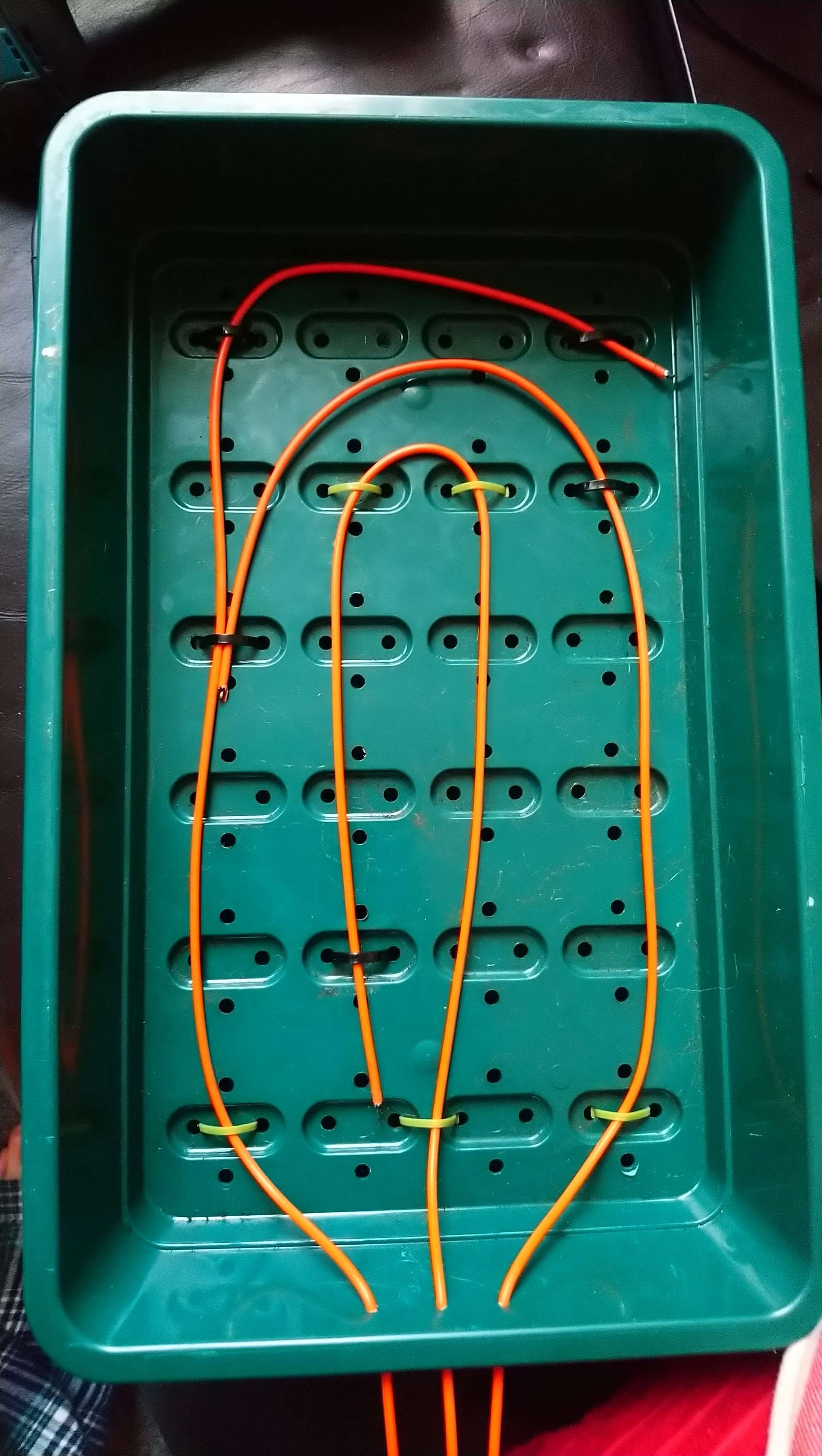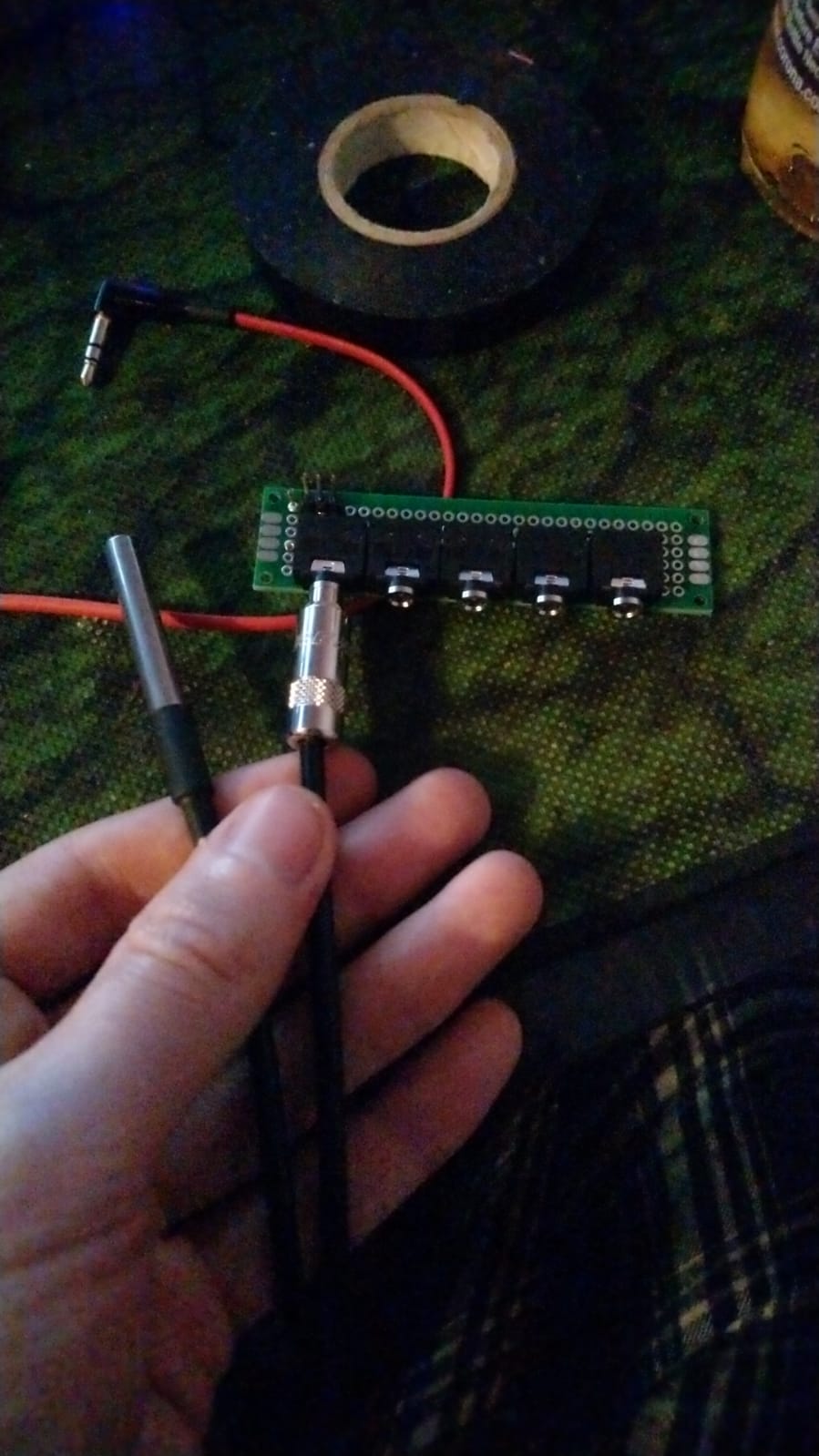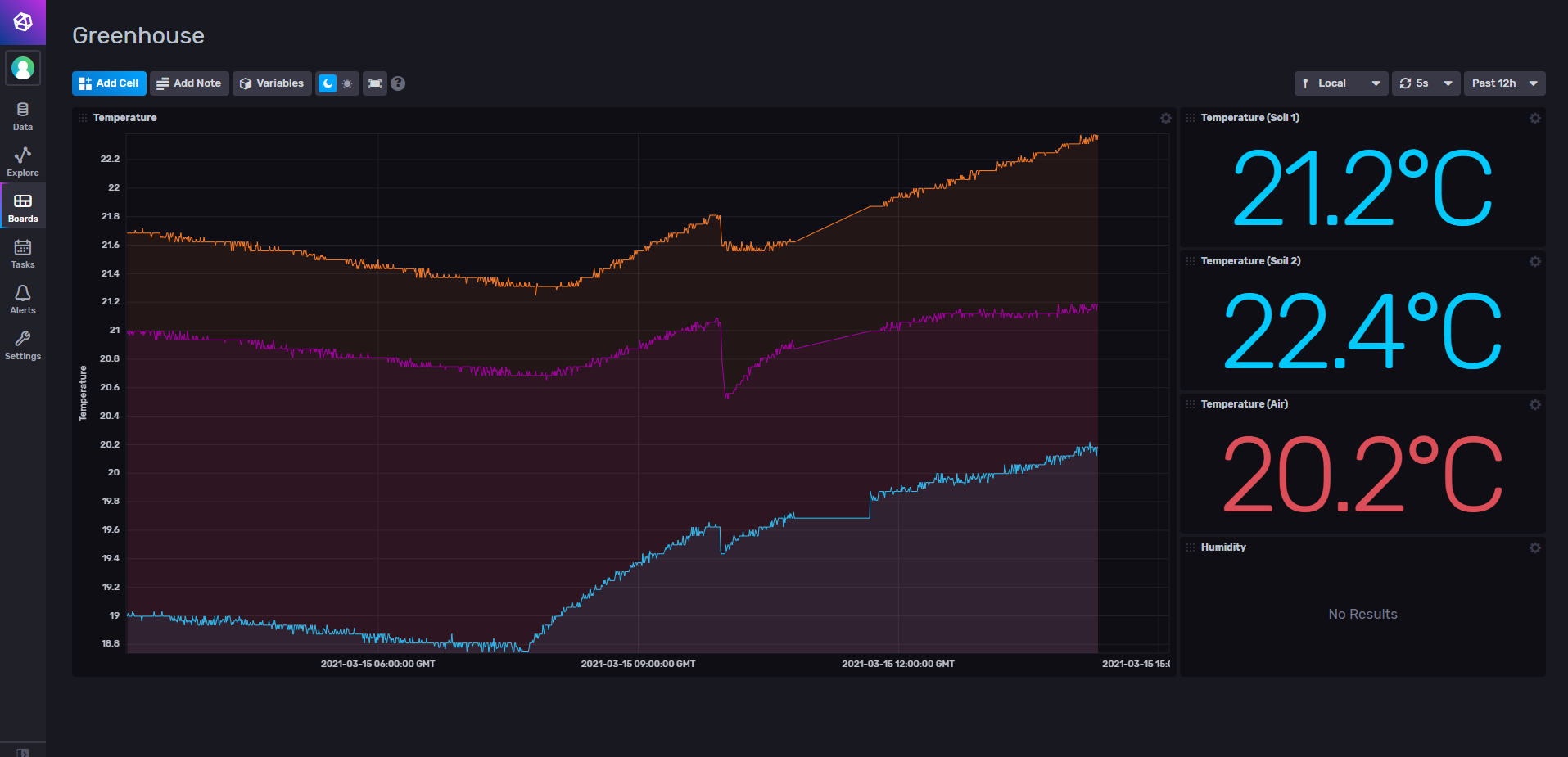Automated Greenhouse Project
Last year during lockdown I grew chili peppers on my windowsil to liven up my flat. That went pretty well, and I grew enough to make hotsauce out of them.


The only problem with this is that last year’s peppers weren’t very hot. So this year I thought I’d up the ante a little and bought a bag of Habanero seeds. These don’t germinate at temperatures below 21 degrees C, and my flat in Manchester is definitely not that. Luckily, I work for a company that makes heating cables, so I asked for a few samples. My heater is waterproof and runs at 5 volts so is perfect to be buried in soil, but they run a bit too hot for my peppers.

The heaters are connected to relays controlled by a Raspberry Pi, in three 60cm lengths. These particular heaters have quite a high inrush current, so to avoid welding the relays closed and because my power supply only supplies three amps, I can turn them on a few minutes apart from each other to keep the inrush low enough.
The Pi then has three one-wire temperature sensors attached to it, one for the air in the greenhouse and two in the soil. The heaters are then turned on and off based on the soil temperature, to maintain 21 degrees c, +/- a degree.

All this data is collected by the Pi and fed into an InfluxDB instance also located on the Pi. I built a quick dashboard using Chronograf so I can make sure it all works, and sure enough:

Next, I want to log humidity inside the greenhouse. I’ve got a soil moisture sensor too that would be useful, but the Pi only has digital inputs and that sensor is analog. I could buy a cheap ADC chip, or use an Arduino and some kind of serial communication which would probably be cheaper if I wanted multiple analog sensors.
Now to wait and see if my seeds sprout!
